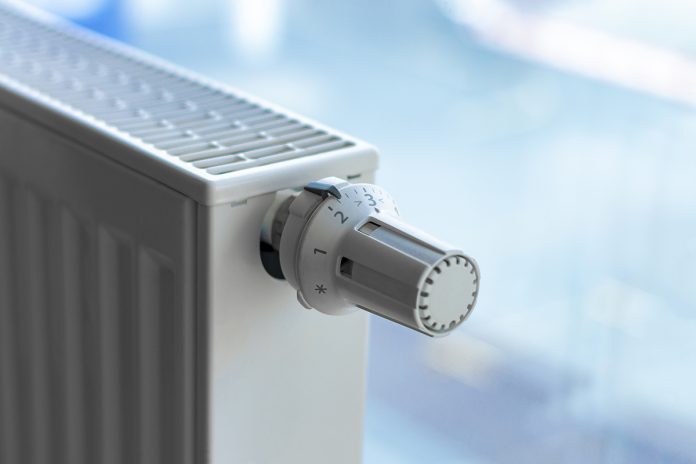In this energy consumption in buildings focus, the implementation of a district heating project in a residential area is described in detail by Erik Christiansen, CEO of EBO Consult A/S
In our article from the April edition of Open Access Government, we described the planning and marketing processes of a district heating project in a residential area. In this article, we will focus on the implementation process. Each district heating project is different from one another, but they follow some basic steps. We will outline these steps to give an overall idea of what is important to consider when you have reached the implementation phase of your district heating project.
-
Tendering
Tendering refers to the process where vendors are invited to submit an offer for a large project within a finite deadline. The process consists of an opening, evaluation and final selection of the vendor. In our case, the vendors are contractors.
Before the tendering process, it is a critical project development step to develop the tendering material. The contractors will base their offers on the tendering material, and it is, therefore, important that the material is thoroughly analysed and described. Therefore, it can be worthwhile investing time and money analysing the conditions for the project. In that way, it is more likely that the contractor gives a realistic price of the project from the beginning. It can also diminish misunderstandings, confrontations, and unpleasant surprises during the project.
Establishing the criterion is key to evaluating the offers and selecting the final contractor.
EBO Consult has developed a specific tool about “The Customer Journey” which describes all steps and milestones for the contractor and the customer. The description of The Journey includes all necessary documents for the tendering and the agreements with the customer. It is based on many years district heating construction works in the company and the experiences have resulted in an archive with “Lessons Learned” including price settling in district heating.
In our “Customer Journey”, we focus on communication and information geared towards the customer. Thus, the upcoming contractor has to prove specific capabilities in communicating and must appoint experienced and dedicated staff for that purpose before the contract is signed.
-
Implementing the main grid
A district heating grid consists of a main grid and heat service lines that transfer heat from the main grid to households. To establish the main grid, it is important to involve the municipality to get all the necessary permissions. Another important consideration is to coordinate the project with other projects planned by the municipality that also requires comprehensive unearthing of sidewalks, bicycle lanes, etc. to minimise bothering the users of those facilities.
The next step is to analyse what is already established when it comes to wires, pipes, etc. in the ground.
EBO Consult has implemented a specific IT-programme which contains all information about the upcoming district heating area including all necessary technical information. It also includes information about “Water Sensitive Urban Design (or Local Rainwater Harvesting)”, which is the common term for rainwater management, that takes place as close as possible to the source. The district heating system is planned in cooperation with the municipalities to design construction works in the streets to adapt to the demands of the harvesting rainwater. In a nutshell, you invest less in asphalt and more in grass and trees or other kinds of sustainable street design. Thus, the costs for sustainable street repairs during the implementing phase are divided between the district heating company and the municipality which is viable for both partners in the project.
-
Implementing the heat service lines and units
The implementation of heat service lines and units at the homeowner consists of four steps.
-
Preparation
To successfully install a heat service line and unit, it is necessary to talk with the homeowners – what are their needs and wishes?
-
Installation of the heat service line
To install a heat service line, the contractor digs a small trench from the main grid to the boiler room in the house. Next, a hole is drilled in the brick wall enabling the heat service line to enter the house and valves to be installed. Finally, the garden is restored.
-
Installation of the unit
The unit is installed and tested. At this stage, the homeowner is connected to the district heating grid.
-
Final installation
The insulation and electrical work are finalised.
When all three steps have succeeded, the transition to the day-to-day operation has to be implemented according to the preliminary planning for the project. In some cases, the transition from construction to operation might be difficult if the contractor has failed to fulfil all his contractual obligations.
EBO Consult has developed a specific checking list during the construction phase to secure the work quality of the performed construction works. It has resulted in a minimum of challenges in the transition period.
Please note: This is a commercial profile











